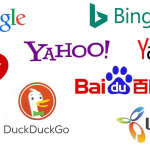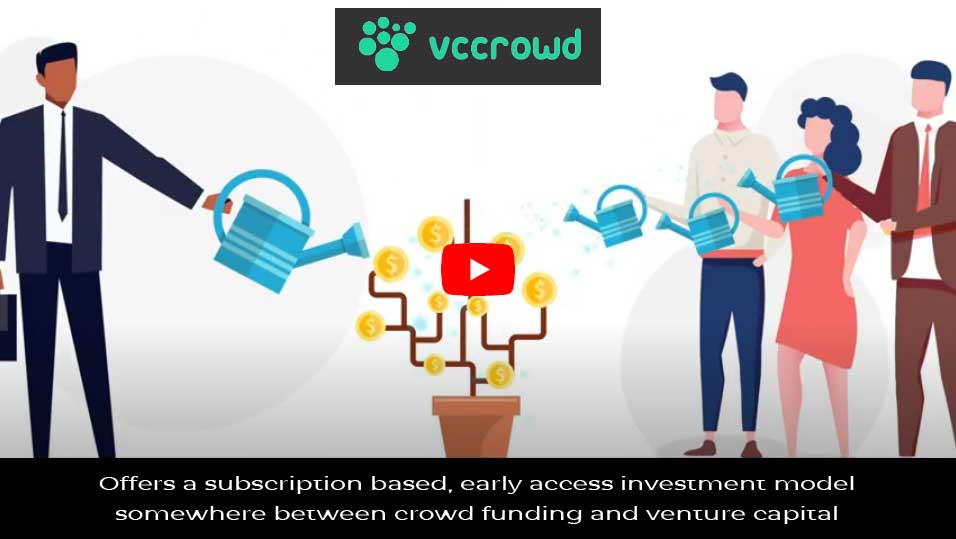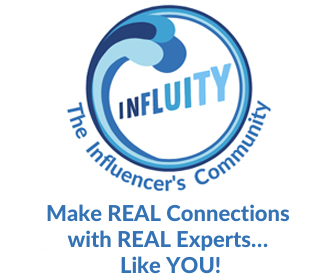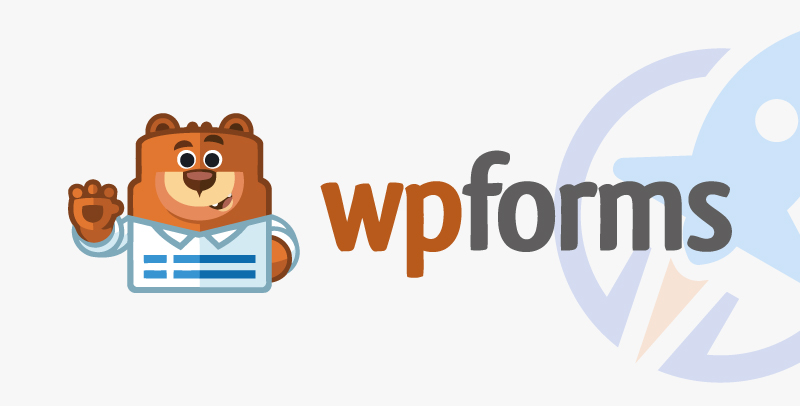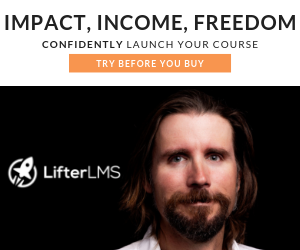“Content is King,” but does that go for any content? In the age of AI and accessible software, it is increasingly easier to churn out content. However, creating shareable content is another beast.
Optimizing content for your nonprofit should start by looking at your audience. The most important thing your content needs to do is connect your audience with your organization or mission. Here are some helpful tips for creating compelling content for nonprofits.
5 Tips For Creating Shareable Content
1) Create Visually Appealing Graphics
2) Provide Valuable Content Your Audience Will Want To Access Again
3) Write Compelling Copy
4) Employ SEO Best Practices
5) Make Sharing Easy!
#1 Create Visually Appealing Content
Increase Visual Appeal To Increase Engagement
People love to re-share content that looks good. Most are drawn to colors, design, and graphic elements before they know what a post, blog, or resource is about. Stay up to date with trends in design and social media trends, and learn how to integrate those elements into your content while staying true to your brand guidelines.
Humans are drawn to human faces. Use photos in your designs, ads, social posts, emails, and more! Studies show that ads with a face get substantially more views than those without. Adding a human face (or even items arranged to look like a face!) also increases the rate at which audiences remember brands, products, and ads.

Additionally, strategically using faces and gazes can help direct people where you want them to look. If they look at an element or product in the ad, the audience will follow that gaze. Leverage this when choosing photos for your content, planning photo shoots, and designing new ad campaigns!
Make It Pop, But Make Sure It’s Accessible
Make your content and copy pop! Don’t waste important opportunities for awareness and connection because you have lost touch with current design trends or are trying to copy a trend that is long past popular. Gauge audience preferences by exploring your metrics for your past content. Learn from what’s working and start testing components like color and style elements. Social media moves quickly, and you must keep up to ensure your audience doesn’t scroll by your content.
However, it is more important to use accessible design than to stand out or stay on trend. Even if a color scheme looks great to your content team, ensure it is accessible to all audiences. Many people have some degree of color blindness or visual impairment that can make it difficult or impossible for them to read your graphic copy, email headers, website elements, and more! Use an accessibility checker to double-check your content for issues like low contrast.
Additionally, write alternative text for your images and designs to help ensure all audiences can receive your message. Adding captions also increases your ranking in search results.
#2 Create Useful Content Your Users Will Want To Access Again
Is Your Content Adding Value?
Consumers can see up to 10,000 ads per day. Even low estimates rank at about 400 per day. That doesn’t include the thousands of other images, posts, blogs, and emails they encounter that are not promoting anything!
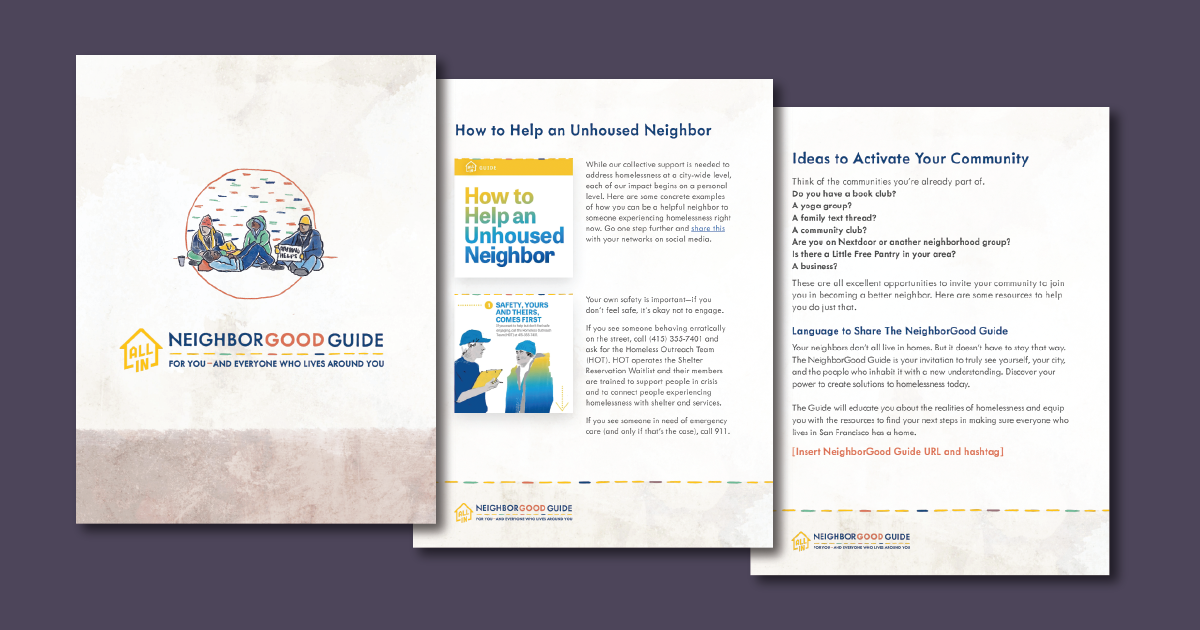
Consider whether you are adding to an already saturated landscape or if you’re adding value that inspires a pause. Engage with your audience by giving them shareable content. If your audience can save or share something that will help them consider a cause in a new way, understand an issue better, or learn how they can make a difference or increase their skills, then you are adding value.
Content Considerations
Here are some questions you can ask yourself when creating your content strategy.
Is this content…
- Relevant to the intended audience vs. just your internal stakeholders?
- Are you telling a story? What’s the story, and why is it important to your audience? What emotions and actions do you want it to inspire?
- Giving actionable tips the user can employ? Will your audience be compelled to save or share the tips, or will they see them as filler or clickbait?
- Educating? If so, is it accessible to the audience? What reading level is it written for?
- Are you adding a new idea or opinion? Even if your content is about a popular topic, issue, or goal, what is your unique point of view?
- Inspiring action or emotion? Which emotions or actions? Do they align with your goals and the audience’s needs?
- Are you offering something? If so, is it easy to obtain? Make sure any offers, downloads, or signups are as easy as possible for your audience to access, from the call to action (CTA) to receiving the offer.
Once you have determined the purpose, craft your content so that it meets the goal, speaks in your brand voice, and can be easily understood by your audience. Most importantly, make sure it is compelling enough for your audience to want to read or view it. To do this, you must leverage your audience’s emotions and drivers.
#3 Write Compelling Copy + Content
Leverage Your Audience’s Needs, Motivations, and Emotions
It is good for your marketing to leverage emotional drivers and basic needs to engage your audience. It is also good for your organization and mission. People make decisions based on emotions, so your job when creating shareable content is to help them understand why something is of value. It needs to be of value to them vs. generally valuable.
If your content speaks directly to your audience and their needs, offers solutions to their problems, or fills a need, they are more likely to share it so others can benefit.
Speak to Your Audience vs. About Your Organization
Nonprofits do fantastic work across many sectors, and it’s important that people know about the positive impact your organization makes! However, people are more likely to receive your message if you treat your content like a conversation vs. a memo, itinerary, or report.
Many businesses and nonprofits make the mistake of talking about themselves instead of speaking to their audience. Flip the messaging so it is directed to your audience. Your audience wants to be the hero in their journey. That means that you must be the guide instead of the main character.
Create user-focused content that asks questions, identifies problems, explains how users can benefit or make a difference by engaging with your organization, and speaks to their interests and values. Then, explain why you are the best solution or resource for their needs.
Employing SEO used to mean keyword stuffing and irrelevant content. Now, you rank higher in search for relevant, valuable content.
#4 Employ SEO Best Practices
Use Best Practices for SEO In All Your Content
When building your content strategy, do some keyword research, so you know which search terms your audience is using to find related content. The higher you rank in search results and social media searches, and the more impressions your content earns, the more likely your content is to be seen and shared.
Create a keyword strategy and then employ best practices for the type of content you are creating.
Avoid Keyword Stuffing and Useless Content
Employing SEO used to mean keyword stuffing and irrelevant content. Now, you rank higher in search for relevant, valuable content.
To increase on-page time and scrolling, create content that engages and offers value without causing reader fatigue. This often means using shorter words, scannable paragraphs, and less complexity. Even if your audience is highly educated, filling your content to sound a certain way can impact how much of it gets read. Make it easy to understand quickly.
#5 Make Sharing Easy!
Make Your Content Shareable
Creating shareable content is one part of the equation. But if the sharing process is difficult, your audience won’t share it, even if it’s great content. You might consider branding your graphics so your audience can easily share visual assets and engage with your content while promoting your brand.
For example, rather than setting strict privacy and restricting sharing on social media accounts, brand your graphics and video content so people can share, remix, and promote your content without losing the tie back to your organization. This also ensures better reach and brand awareness when users screenshot or download your content to share.
Streamline the User Experience to Enable Sharing + Conversion
Make sure the user experience is considered above all else. Have you ever gotten an email promoting an article or event, clicked the link, and found yourself on a homepage or social media account instead of the item promoted?
Remember that lower effort in the decision-making process leads to higher conversion rates. Do not make it hard for your followers or audience to find or share your content. Try to streamline the sharing process so that a “share” or “download” is a quick, one-step process. Then, double-check that your permissions, links, buttons, and integrations are set up correctly.
Now, Start Creating Shareable Content!
Now that you have some helpful tips on how to create shareable content and tips to integrate content and user experience, you can start creating your own shareable content. For more digital marketing tips, join our newsletter list.
The post 5 Tips for Creating Shareable Content Your Audience Will Love appeared first on Media Cause.

